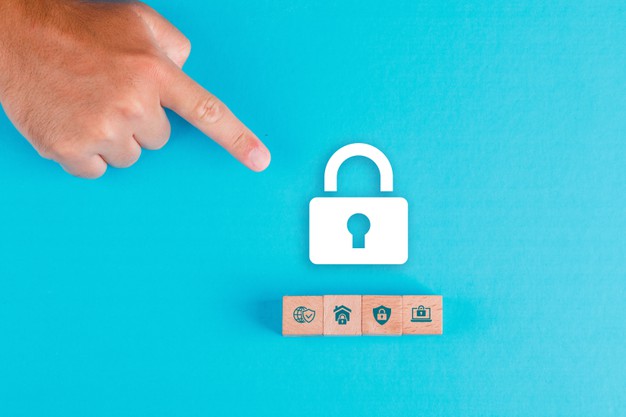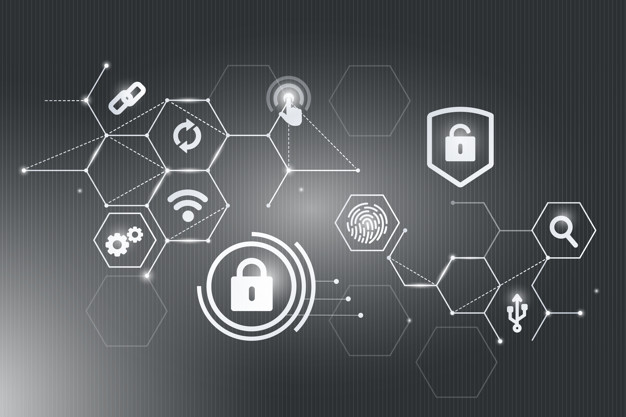
The internet is like a coin with two opposite sides. On one hand, it offers numerous benefits to the whole household, bringing information to your fingertips, helping children acquire education online, enabling parents to work from home, pay bills, order grocery and do so much more at a single click. On the other hand, it hosts countless malevolent entities and chaotic codes that tend to corrupt your network, hack your devices, steal your private data, bully the kids online and even hold you for ransom, etc. There is no end to this play of light and shade, good and bad, cybersecurity and cybercrime. As a conscientious and responsible individual, you need to make sure that your e-safety game is up to the mark, and your family knows about the risks they face online, and the secure browsing practices at the back of their hand. So, how can you keep your family safe online? The first order of business is to get an internet connection that already comes with different levels of security. You can get more info here about such a safeguarded service. Next, you should implement the following internet safety tips to create a cyber-secure household. Check them out below.
Track Unusual Activity

Constant monitoring is one of the best ways to catch a cyberattack right in the beginning and keep it far, far away from your kids, who are especially vulnerable to such crimes. You can take the help of internet scanners, parental controls, and other online monitoring tools to track the unusual activity on your children’s devices, report it to the authorities, and nip it in the bud. Teach your kids about the difference between reliable websites and suspicious ones. Usually, sites that have an HTTPS encryption certificate are secure to browse. Similarly, encourage them to talk openly if they receive an email or message from a suspicious sender. Forbid them to click on links and pop-ups that look out of the ordinary, or give their confidential information like social security number to those that ask. Delve into examples to illustrate what phishing, identity theft, and online fraud look like. Transparency and trust are the two pillars on which your internet safety communication should stand.
Limit Social Media Posting

I know a family who went on vacation a few years ago. Their teen kids posted pictures of the tropical paradise online, like millennials and Gen-Zers are prone to do, and they came back to an empty home. By empty, I mean robbed of all valuables and essentials. So, social media security also plays an important part when it comes to the internet safety of your family. Educate your children about what to post and what not to post online. Talk about the timing, social media visibility, and follower access. Encourage them to make their accounts private, so only a limited set of people can view their daily feed. Besides vacation photos, tell your family to avoid posting personal information like a driver’s license, so identity thieves, burglars, and online predators have nothing to work with. In their excitement, your family might share milestones, such as moving to a new apartment online, which can give a cybercriminal just the right opportunity to harm.
Set Up Stronger Passwords

Whether you’re shopping online or applying to a university virtually, you’re impelled to create an account on the respective sites. By making an online profile, you leave a digital footprint, which can easily be hacked by a cybercriminal, if it is unprotected. One of the surefire defenses that can secure your online presence is a password. A password is like a key to a locked door. Only you possess it and can see what’s on the other side. By setting up strong passwords that are unique combinations of letters, symbols, and numbers, and by updating them once every two months, you and your family can stay safe online. A password shouldn’t be something predictable like your mother’s maiden name. It should be impossible to crack and at least 12 characters long.
Not only websites, but you should also password-protect your email accounts, social media profiles, personal devices, and your in-home Wi-Fi network. An open Wi-Fi network will act as an invitation for hackers. You can go the extra mile with a two-factor authentication protocol, as well, which doubles up the safety of your account. With two-factor authentication, even if a hacker guesses your password right, he or she will have to locate the unique pin that’s sent directly to your registered phone number to access the account. If the passwords are difficult to remember, use a centralized password management system like LastPass to store the passwords of the entire family, and to keep them safe online.
Install a 360° Security Suite

You can be careful about what you post, what you download, which sites you open, and with whom you interact online. But, you also need to make sure that your device, browser, and network security is up to the mark. How can you do that? With the help of a 360° Security Suite. Such a cybersecurity solution is often handed out by internet providers and comes with several layers of protection. There are antivirus and antimalware software, which scan your data, detect malicious codes and send them flying right out the window. Then, you get an antispyware, anti-ransomware, and anti-phishing program that checks your online interactions for the presence of a shady entity, highlights suspicious links that you receive online, removes them from your site and raises the alarm if your kids engage with cybercriminals, etc. The best thing about a security suite is that you can control it remotely from your smartphone, ensuring that it does its job well.
Wrapping Up
It’s important to have internet security conversations and safety drills with your family, so they can recognize dangers from afar and avert them to stay safe online. This post gives you several tips you can implement to create a cyber-safe household. Keep them in mind and protect your loved ones on the World Wide Web.








